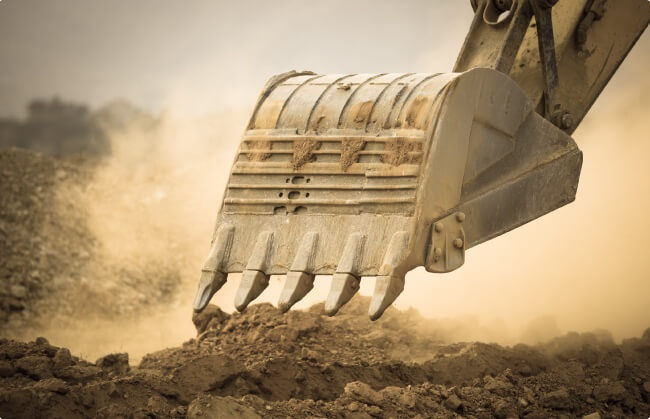Phase 2 Contamination Report Sydney is Provided in Case the Land is Contaminated!
- birdjackson018
- Oct 14, 2024
- 2 min read
Clearing contamination from land is an important process that helps protect people, the environment and also the future use of the area. Contaminated land contains harmful substances like chemicals, heavy metals or even other pollutants that can create serious health and environmental risks. These substances can come from past industrial activities, improper waste disposal or accidents like leaks. One of the main reasons to clear contaminated land is to protect the health of people who live, work or even spend time on the land. Contaminants in the soil, water or even air can have negative effects on human health.
· This step is more vital
For example, exposure to certain chemicals can cause respiratory problems, skin irritation, and even long term diseases like cancer. By removing or containing harmful substances we can prevent people from coming into contact with these dangerous materials. And this makes the area safer for current and future generations too. A phase 2 contamination report Sydney is an important step in investigating land to find out if it is polluted and how much. This type of report comes after a phase 1 environmental assessment and where basic research is done to see if there are any reasons to think a site might be contaminated. If there are concerns after that first phase then a phase 2 investigation is needed to get more detailed information.
· Finds possible contamination
A phase 1 contamination report Sydney is an important first step in assessing land for possible contamination. This report helps landowners, developers and even government authorities understand if a site might be polluted with harmful substances, such as chemicals, heavy metals or harmful waste. The phase 1 contamination report is like an environmental check up for the land. And it looks into the past uses of the site to see if there is any reason to believe the land could be contaminated also.





Comments